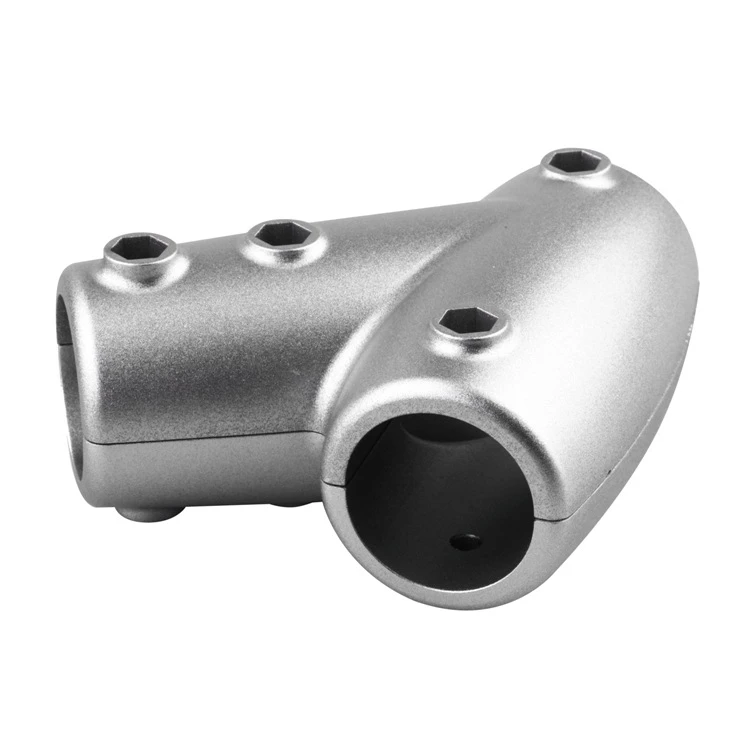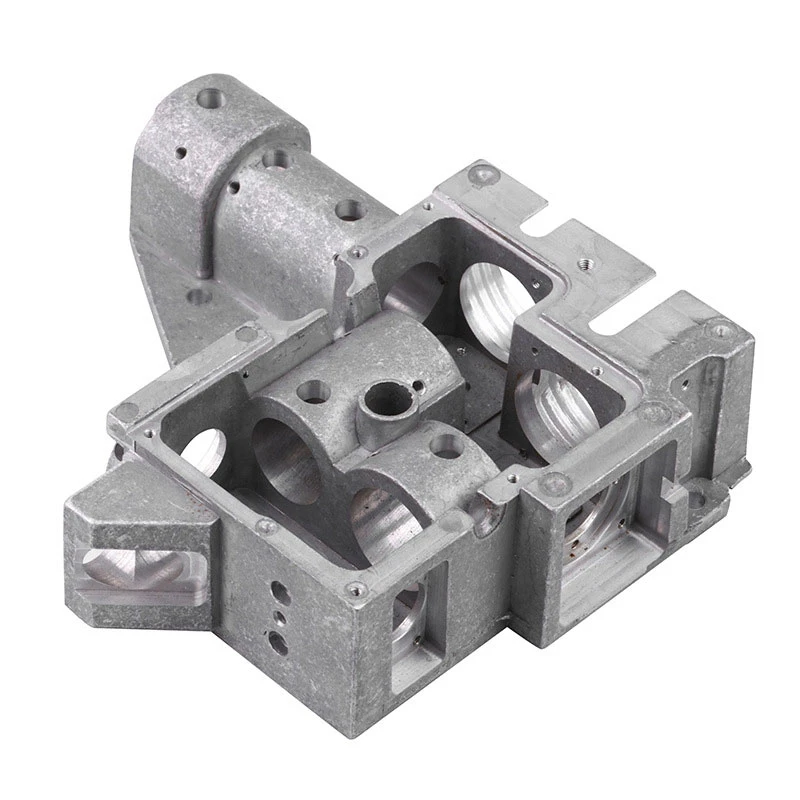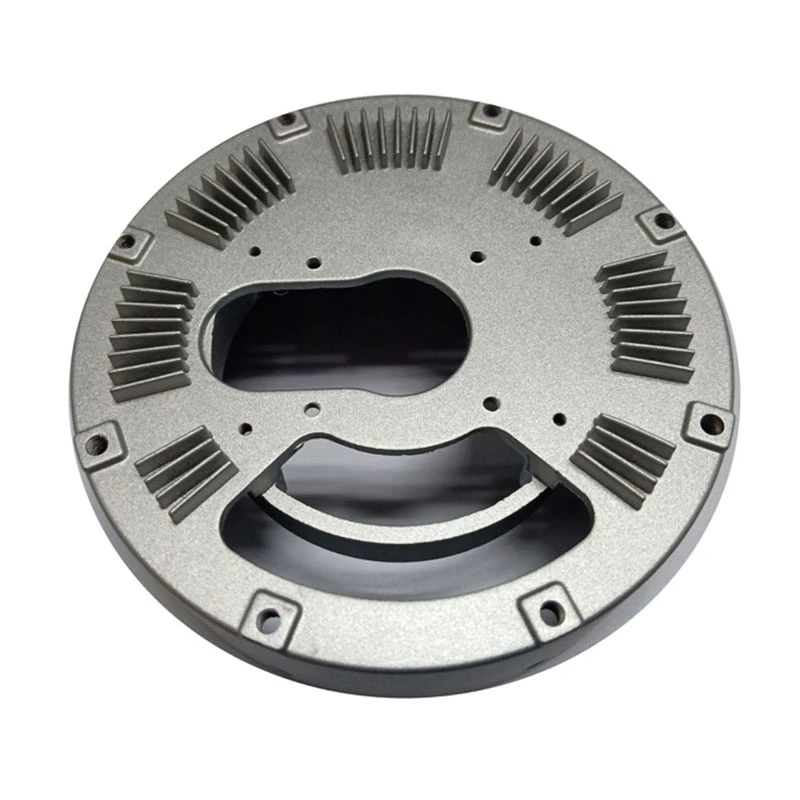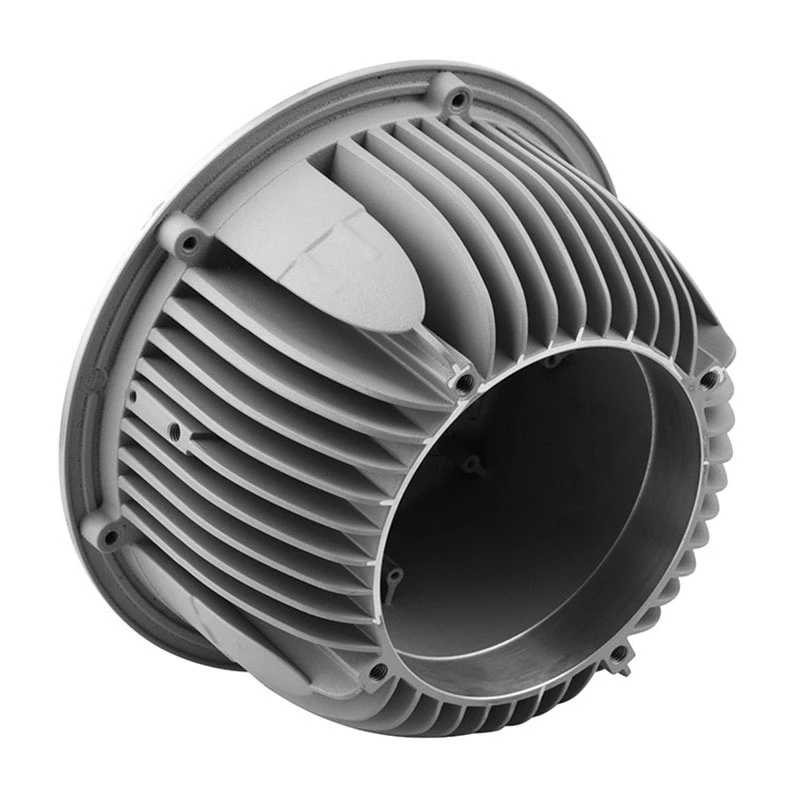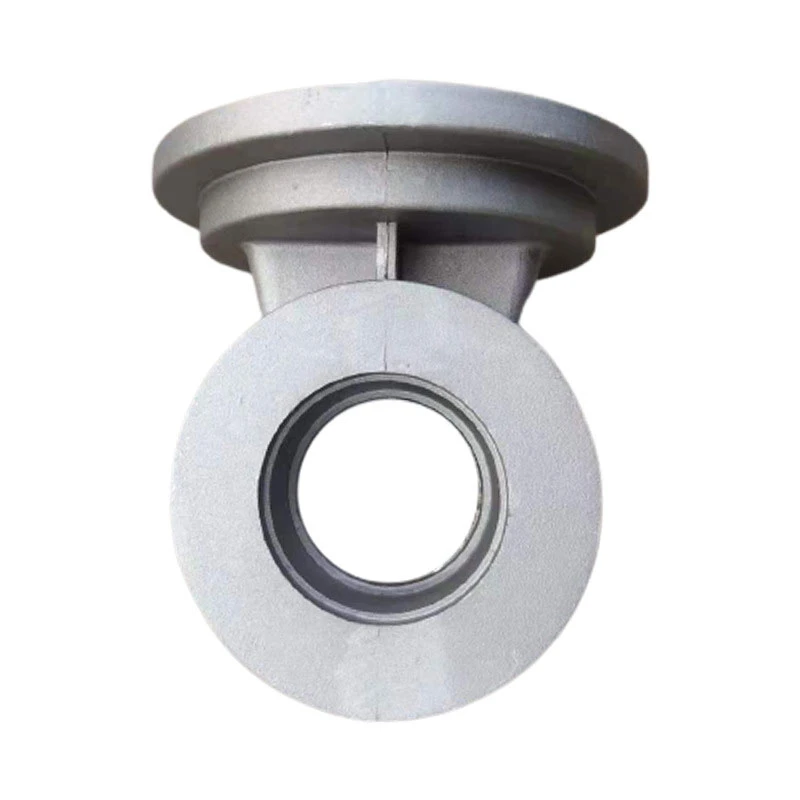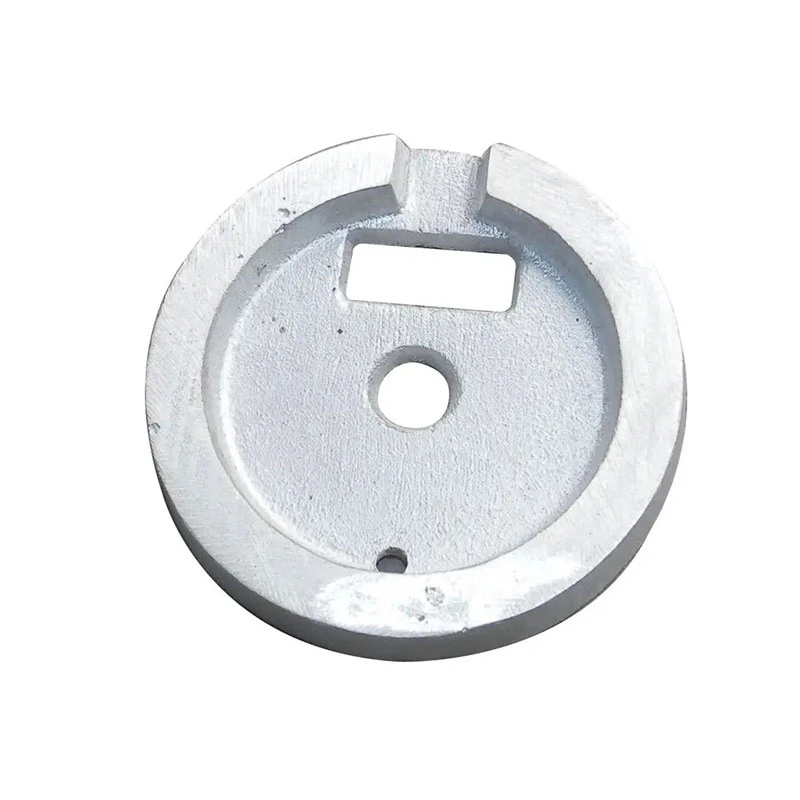Precision Sand Casting Manufacturing Affordable & High-Quality Solutions
Outline:
- Fundamentals of sand casting manufacturing
processes - Quantitative performance metrics and industry benchmarks
- Breakdown of core technological advantages
- Comparative analysis of leading equipment manufacturers
- Customizable production configurations for specific applications
- Demonstrated success stories across industrial sectors
- Future developments driving precision capabilities
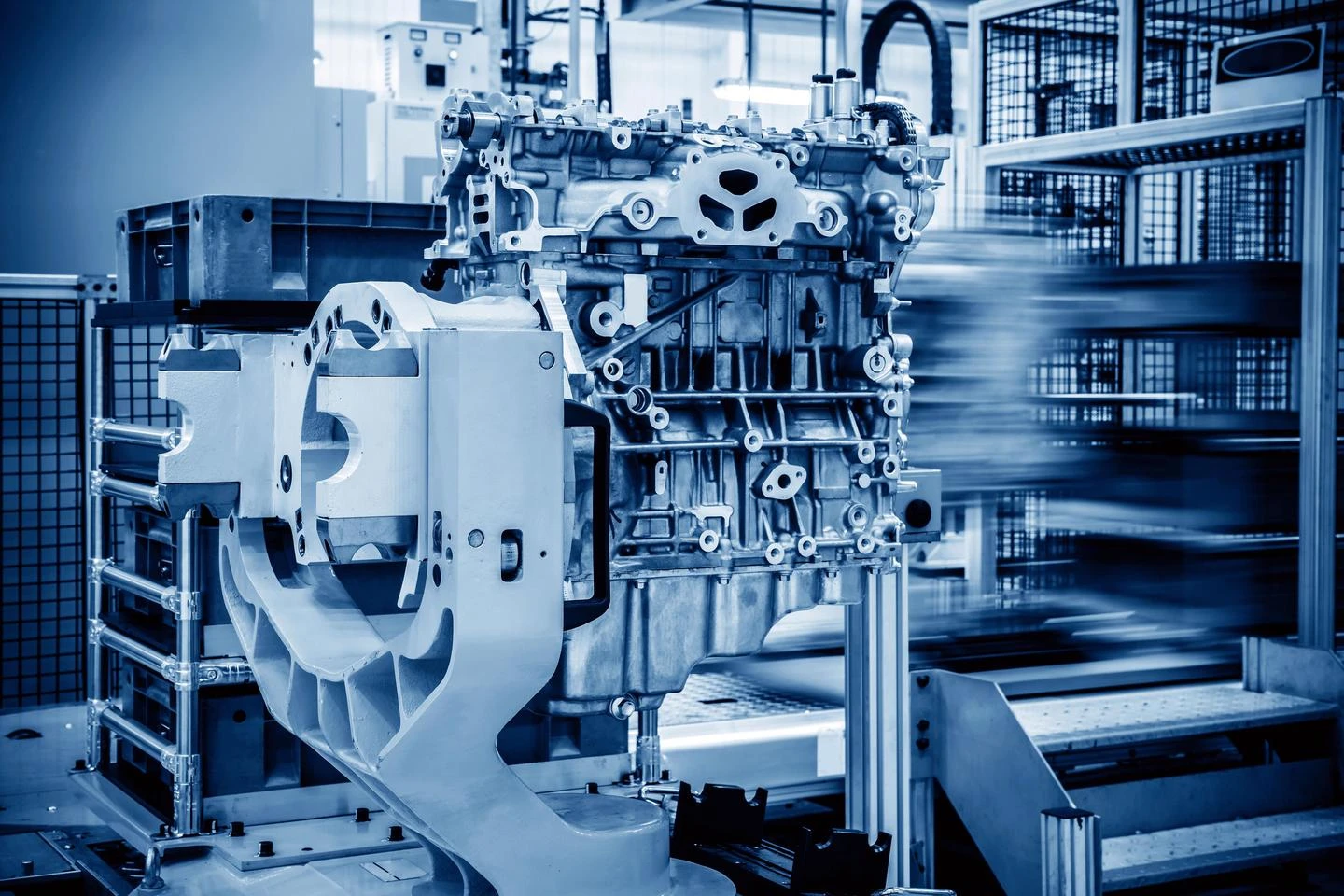
(sand casting manufacturing)
Understanding Sand Casting Manufacturing Fundamentals
Sand casting manufacturing remains a cornerstone of metal component production, valued for its adaptability across complex geometries. This process begins with creating a sand mold cavity using a pattern - typically machined from wood, plastic, or metal. Molten metal poured into these disposable molds solidifies into near-net-shape components. Foundries handling ferrous alloys generally operate at pouring temperatures between 1,400°C to 1,600°C while aluminum facilities maintain 660°C to 760°C.
Binder systems constitute a critical differentiator between sand casting variants. Green sand formulations (88-92% silica sand, 8-12% bentonite clay, 3-5% water) dominate high-volume production of automotive parts. Chemically-bonded sands using phenolic urethane or sodium silicate binders enable intricate patterns and tighter tolerances. Additive manufacturing sand casting introduces digital mold production through binder jetting, layer-by-layer depositing sand with polymeric binders to form complex internal channels unreachable by traditional patternmaking.
Quantitative Performance Benchmarks
Industry data reveals sand casting's dominant market position, with aluminum sand cast parts representing 63% of all non-ferrous castings produced globally. Modern automated foundries achieve productivity metrics exceeding 20 mold cycles per hour using continuous pouring lines. Energy consumption analysis shows significant advantage over competing methods - sand casting aluminum components requires 12-15 MJ/kg versus 25-30 MJ/kg for equivalent die cast parts.
Economic modeling demonstrates how sand casting manufacturing scales advantageously across order quantities. Setup costs for small batches ($2,500-5,000) become marginal at production volumes above 500 units. Secondary processing adds 15-30% to base costs depending on finishing requirements. Component weight directly impacts viability, with sand casting showing maximum cost efficiency between 1kg-200kg compared to competing processes.
Technological Advantages Explained
Material versatility stands as a primary benefit, accommodating virtually any ferrous or non-ferrous alloy including challenging metals like titanium and magnesium. The absence of permanent tooling allows last-minute design modifications impossible in die casting operations. Sand's permeability enables superior venting during solidification, reducing gas porosity by approximately 40% compared to high-pressure die casting.
Additive manufacturing sand casting integrates complementary technologies, particularly for prototyping applications. 3D-printed cores achieve accuracy within ±0.3mm versus ±0.5mm for conventional cores. Precision casting manufacturing advancements include real-time thermal monitoring with predictive shrinkage algorithms that minimize dimensional deviations by 18% in critical tolerance zones. Automated mold coating systems applying zirconia-based refractory materials extend mold life by 400% in steel foundries.
Manufacturing Equipment Analysis
| Equipment Manufacturer | Specialization | Max Mold Dimensions (LxWxH) | Cycle Rate (molds/hour) | Energy Consumption | Industry Focus |
|---|---|---|---|---|---|
| Palmer | High-volume green sand | 1,800 x 1,500 x 300mm | 180 | 22 kW/h | Automotive |
| Hunter | Precision chemically-bonded | 1,200 x 800 x 400mm | 60 | 18 kW/h | Aerospace |
| Voxeljet | Additive sand systems | 4,000 x 2,000 x 1,000mm | 1.5 | 32 kW/h | Prototyping |
| Disa | Vertical molding | 850 x 750 x 250mm | 240 | 28 kW/h | HVAC Components |
The automation capabilities gap between platforms deserves special consideration. Hunter's HLM series provides ±0.15mm dimensional repeatability with integrated in-line quality verification sensors. Disa vertical lines achieve superior sand density consistency (85-90lb/ft³ throughout mold) critical for thin-wall castings below 3mm thickness. Current equipment trends focus on IoT-enabled condition monitoring, with top-tier systems reporting predictive maintenance alerts for pattern wear 30 days before dimensional drift exceeds specifications.
Custom Production Configurations
Sophisticated sand casting manufacturing requires adaptable solutions for special applications. Low-pressure sand casting improves mechanical properties in safety-critical aluminum components by achieving 99.1% densification versus 97.6% in gravity-fed systems. Vacuum-assisted pouring configurations reduce oxidation inclusions by 45% when processing reactive alloys such as magnesium and titanium.
For applications demanding extreme surface finishes, precision casting manufacturing protocols integrate specialized mold coatings. Silica-zircon blends applied at 20-25μm thickness produce Ra 6.3μm surfaces in ferrous castings. Secondary capabilities include proprietary heat treatment cycles reducing grain size to ASTM 6-7 levels for pressure vessel components requiring X-ray certification. Typical lead times for customized manufacturing packages range between 10-16 weeks depending on process qualification requirements.
Documented Industry Applications
Energy sector deployments demonstrate sand casting's material advantages. Offshore oil platforms require seawater pump impellers made from duplex stainless steel (CD4MCu) resisting chloride corrosion. Sand cast versions achieve 25% longer service life than machined alternatives while reducing manufacturing costs by approximately $18,000 per unit. Wind turbine manufacturers increasingly utilize sand cast ductile iron hubs exceeding 5 tons for nacelle assemblies.
Transportation case studies reveal weight reduction successes. Heavy truck manufacturers reduced axle component weights by 28% using thin-wall ductile iron casting techniques without compromising structural integrity. Recent innovations include sand cast aluminum battery housings for electric vehicles incorporating integrated cooling channels produced through binder jet additive processes. Production volumes for such applications now reach 22,000 units annually with zero leak rate failures reported.
Future Developments in Sand Casting Manufacturing
Industry roadmaps indicate four priority development areas: hybrid additive manufacturing sand casting integration, predictive quality systems, sustainable material innovations, and advanced metallurgical control. Foundries currently testing direct energy deposition on printed sand molds report 30% reduction in machining allowance for critical surfaces. Real-time data analytics platforms under development aim to predict shrinkage defects with 95% confidence during the design phase.
Recycling initiatives are yielding substantial environmental benefits. Closed-loop sand reclamation plants consistently achieve 96-98% reuse rates for chemically-bonded systems through thermal regeneration technologies. The precision casting manufacturing sector specifically targets dimensional consistency breakthroughs with next-generation mold restraint systems projected to enable CT8 tolerance classes (ISO 8062) for aluminum castings exceeding 100kg. Such advancements reinforce sand casting's position as an adaptable manufacturing solution capable of meeting increasingly demanding technical specifications across diversified industrial sectors.
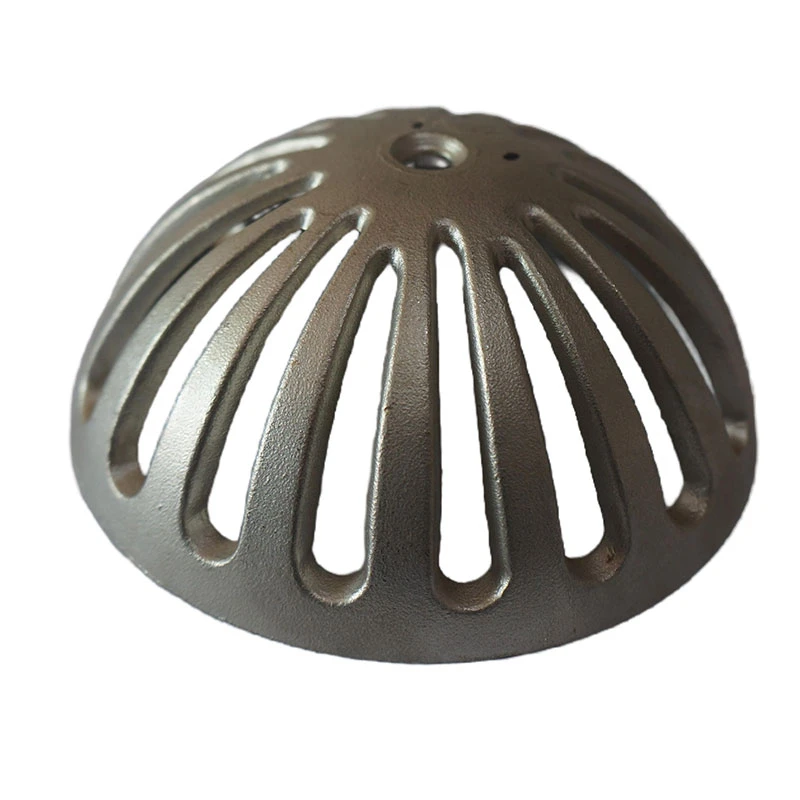
(sand casting manufacturing)
FAQS on sand casting manufacturing
Q: What is sand casting manufacturing?
A: Sand casting is a metalworking process where molten metal is poured into a sand mold cavity. It creates complex geometries for ferrous and non-ferrous alloys. This method remains popular due to its low tooling costs and versatility.
Q: How does additive manufacturing integrate with sand casting?
A: Additive manufacturing (3D printing) produces sand molds and cores directly from digital designs. It eliminates traditional pattern-making, reducing lead times by 60-80%. This integration enables complex mold geometries unachievable with conventional methods.
Q: What distinguishes precision casting manufacturing from sand casting?
A: Precision casting (investment casting) uses ceramic molds for ±0.1mm dimensional accuracy. Sand casting achieves ±0.5mm tolerance at lower costs. Precision casting excels for intricate aerospace components while sand casting suits larger industrial parts.
Q: What materials work best for sand casting manufacturing?
A: Aluminum, bronze, and cast iron are most common due to fluidity and shrinkage properties. Steel alloys may require special sand additives for quality results. Material selection balances cost, strength requirements, and production volume.
Q: Why choose sand casting over other manufacturing methods?
A: Sand casting accommodates massive components (up to 300+ tons) and low-to-medium production runs economically. Minimal equipment investment allows rapid prototyping iterations. Its flexibility supports design changes more readily than die casting or forging.
-
OEM Sand Cast Pump Valve Fittings - Baoding Hairun Machinery | Precision Engineering, CustomizationNewsJul.22,2025
-
OEM Sand Cast Pump Valve Fittings-Baoding Hairun Machinery|Precision Engineering,Industrial ApplicationsNewsJul.21,2025
-
OEM Sand Cast Pump Valve Fittings-Precision Engineering|Green Sand Casting&Industrial ApplicationsNewsJul.21,2025
-
OEM Sand Cast Pump Valve Fittings-Precision Engineering|Green Sand Casting&Industrial ApplicationsNewsJul.21,2025
-
OEM Sand Cast Pump Valve Fittings-Precision Engineering|Green Sand Casting&Industrial ApplicationsNewsJul.21,2025
-
OEM Sand Cast Pump Valve Fittings | Baoding Hairun Machinery And Equipment Trading Co., Ltd.NewsJul.21,2025








